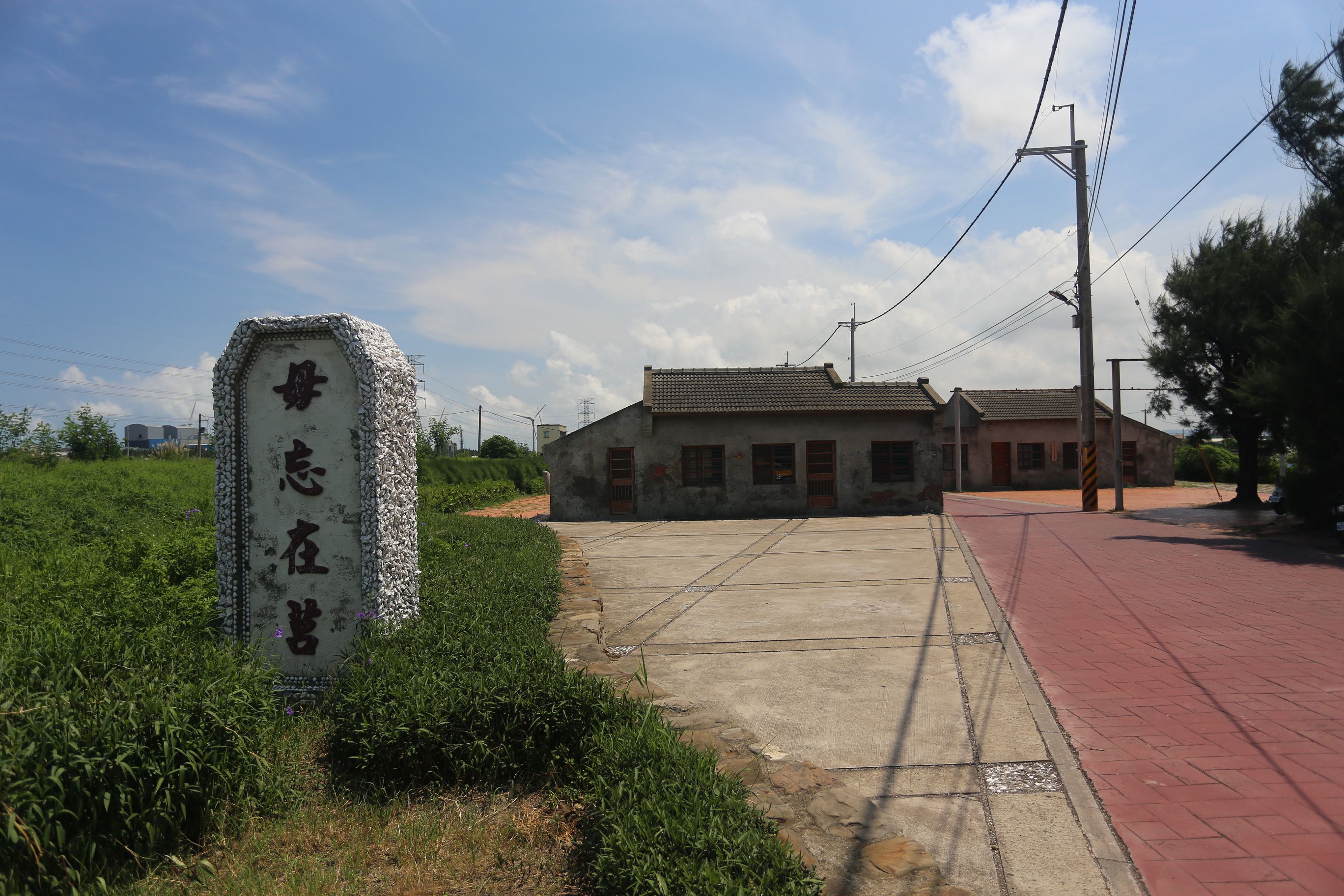Clam Barracks is a small village on the west coast of Changhua. In ancient times, this is the home for roughly 100 retired officers who bred clams and protected the country. As time went by, the area gradually evolved an industrial park, and the village became an abandoned fort with substantial historic significance.
For street temple fair, Mazu pilgrimage or other religious occasions, the sound of gongs and drums is usually omnipresent. The heritage and traditional craftsmanship of drum-making has been passed down for 3 generations at Yongan Drum Workshop in Xianxi Township, Changhua, which is now managed by the 3rd generation proprietor Cheng-Feng, Huang.
As technology becomes more advanced, many forms of traditional craftsmanship are gradually being replaced by machinery, and artisans who we called “Shih-Fu” are also becoming extinct. In the early years, where mechanization was not prevalent, artisans accumulated the values of handcraftsmanship through repeated learning, exploration, and practice, where each product was made by hand.
The longstanding drum factory has retained the most traditional techniques, including intricate procedures such as tanning, soaking, paring, and forming, etc., that are essential to drum-making.

Never forget what happened in Ju – Landmark for Clam Barrack.

Each inch of space and each tile bears its historical significance, to officers who were stationed here previously, it seemed like a lifetime ago.

Landscape arts are created in the village, such as this green wall.

Each corner bears the vestige of the bygone era.

Never forget what happened in Ju – Landmark for Clam Barrack.

Each inch of space and each tile bears its historical significance, to officers who were stationed here previously, it seemed like a lifetime ago.

Landscape arts are created in the village, such as this green wall.

Each corner bears the vestige of the bygone era.



